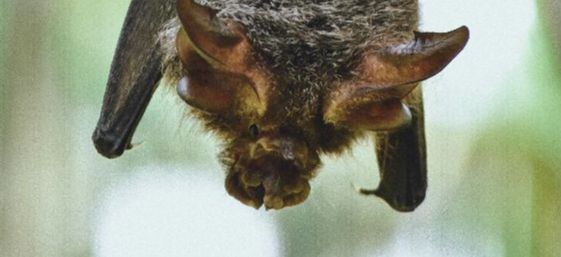
By Dr Joe Milton, the Australian Science Media Centre
Chinese and Australian scientists have reported the discovery of twenty new bat viruses in research published this week.
The viruses were isolated alongside a diverse range of microbes from the kidneys of 10 species of bats in orchards in China's southwest, and researchers have raised concerns over their potential spread to livestock or humans.
"The main significance of this work lies in the discovery of viruses in bats in China that are ‘evolutionary cousins’ to two of the most concerning pathogens in humans – Hendra virus and Nipah virus – which circulate in bats and are highly fatal if they spill over into people," Dr Alison Peel, a veterinarian and wildlife disease ecologist from the University of Sydney who was not involved in the research, told the AusSMC.
Dr Nias Peng, previously a virologist at CSIRO, told the Centre Hendra and Nipah can cause severe respiratory and nervous system diseases in people, "with mortality rates as high as 80%".
However, "the findings... do not confirm imminent outbreaks", he added.
But the fact that the viruses were found in the animals' kidneys is a worry, said Dr Peng, because that means they are present in bat urine, "highlighting a real risk of transmission through bat urine-contaminated fruits consumed by humans and livestock".
Monash University's Associate Professor Vinod Balasubramaniam agreed the findings "[raise] alarm about potential human exposure via contaminated fruits or water". Previous outbreaks have occurred through this route, he said.
"For Australia, with its history of Hendra outbreaks linked to bat populations, the findings hold special relevance," he told the AusSMC.
"The similarity between Australian rural environments and Yunnan’s orchards near human settlements stresses the urgency of intensified surveillance and biosecurity measures."
As well as providing a warning about these two particular new viruses, the study highlights serious gaps in our knowledge, according to Professor Tim Mahony from the University of Queensland: "We know very little about the viruses that infect bats and those that exist in our world more generally," he said, warning that people should not touch or handle bats or any other wildlife.
"[Contact] the relevant authorities if [you] see injured... wildlife, they may be carrying viruses or other pathogens that are potentially dangerous to humans," he said.
You can read the EXPERT REACTION in full here
This article originally appeared in Science Deadline, a weekly newsletter from the AusSMC. You are free to republish this story, in full, with appropriate credit.
Contact: Dr Joe Milton
Phone: +61 8 7120 8666
Email: info@smc.org.au